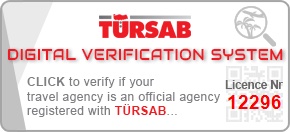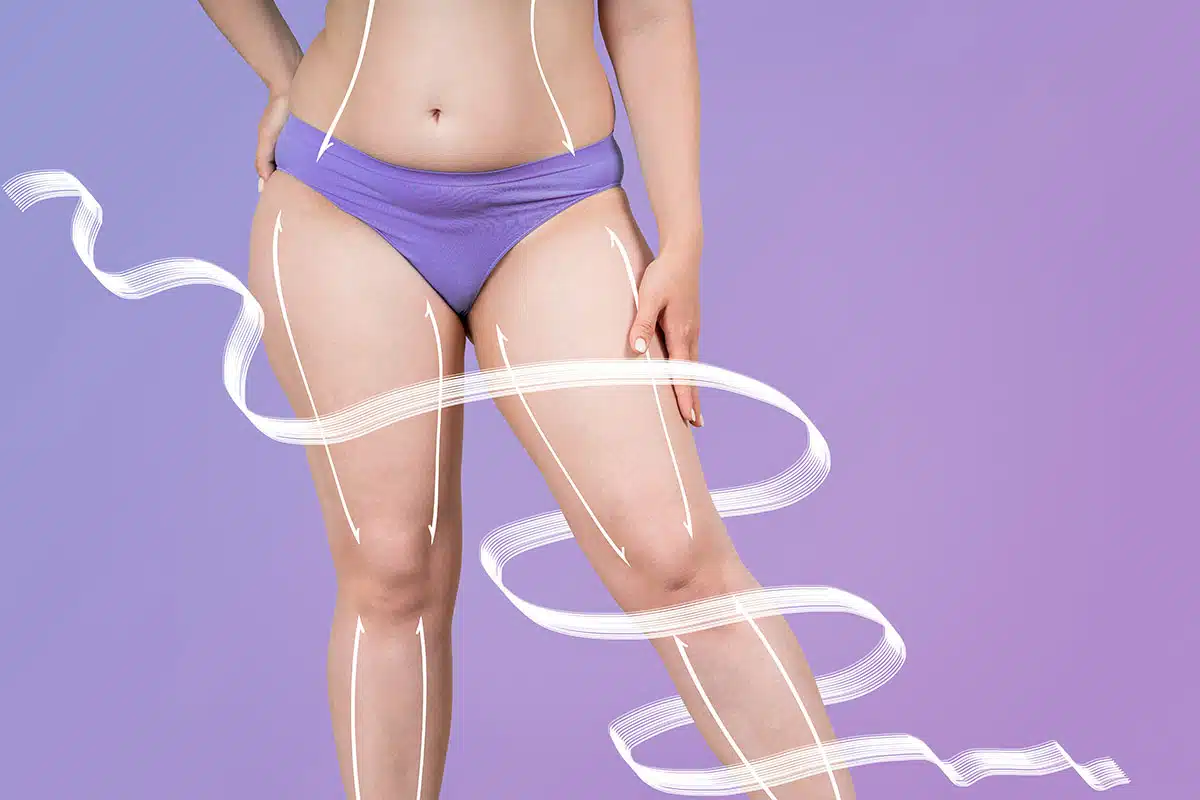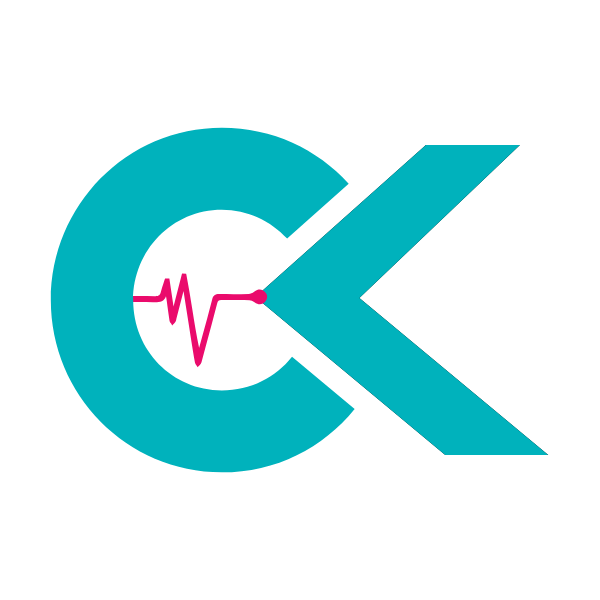Liposuction remains a cornerstone in aesthetic body contouring, consistently ranking among the most requested cosmetic procedures globally. Its efficacy in selectively removing localized fat deposits has been extensively documented in clinical literature, offering patients a refined silhouette unattainable through diet and exercise alone. Over decades, advancements in technology and surgical understanding have led to the evolution of diverse liposuction techniques, each presenting unique advantages and considerations for specific patient profiles. The judicious selection of the appropriate method is paramount for achieving optimal, safe, and satisfying outcomes, reflecting a deep understanding of anatomical nuances and procedural intricacies. This careful evaluation ensures tailored solutions that address individual patient needs effectively.
Table of Contents
Comparing Liposuction Methods: How to Choose the Best Technique for Your Needs
Modern cosmetic surgery offers various best liposuction options tailored to individual patient needs and anatomical considerations. Understanding the different types of liposuction enables informed decision-making for optimal aesthetic outcomes.
Tumescent Liposuction: Technology, Effectiveness, and Key Features
- Standard technique utilising lidocaine and epinephrine solution for anaesthesia and vasoconstriction
- Minimal bleeding achieved through pharmaceutical vasoconstriction during fat removal
- Local anaesthesia capability eliminating general anaesthesia requirements in most cases
| Technology Features | Application Areas | Effectiveness Rate |
|---|---|---|
| Tumescent solution injection | Small to medium volume removal | 85-90% patient satisfaction |
| Manual cannula technique | Localised fat deposits | Predictable results |
| Local anaesthetic protocol | Outpatient procedures | Low complication rate |
Laser-Assisted Liposuction: Technology, Effectiveness, and Key Features
- Laser energy application liquefies adipose tissue before extraction
- Skin tightening benefits through collagen stimulation and thermal effects
- Precision targeting enables treatment of fibrous areas effectively
| Technology Features | Application Areas | Effectiveness Rate |
|---|---|---|
| Wavelength-specific lasers | Fibrous tissue treatment | 90-95% fat reduction |
| Thermal coagulation | Skin tightening procedures | Enhanced collagen production |
| SmartLipo technology | Delicate anatomical areas | Reduced trauma levels |
Ultrasound-Assisted Liposuction: Technology, Effectiveness, and Key Features
- Ultrasonic energy breaks down fat cells through cavitation process
- Enhanced precision particularly effective for dense, fibrous adipose tissue
- Improved contouring achieves smoother results in challenging anatomical regions
| Technology Features | Application Areas | Effectiveness Rate |
|---|---|---|
| VASER technology | Dense fibrous areas | 92-96% fat removal |
| Selective tissue targeting | Male gynaecomastia | Superior definition |
| Ultrasonic emulsification | Back and flanks | Reduced operative time |
Radio Frequency-Assisted Liposuction: Technology, Effectiveness, and Key Features
- Bipolar radiofrequency energy simultaneously removes fat and tightens tissue
- Collagen remodelling promotes long-term skin tightening effects
- Temperature-controlled delivery ensures consistent thermal treatment
| Technology Features | Application Areas | Effectiveness Rate |
|---|---|---|
| BodyTite technology | Skin laxity treatment | 85-92% tightening |
| Real-time monitoring | Body contouring | Controlled energy delivery |
| Tissue coagulation | Post-pregnancy changes | Dual-action results |
Power-Assisted Liposuction (PAL): Technology, Effectiveness, and Key Features
- Mechanical vibration reduces surgeon fatigue whilst improving efficiency
- Gentle tissue disruption minimises trauma through automated cannula movement
| Technology Features | Application Areas | Effectiveness Rate |
|---|---|---|
| Vibrating cannula system | Large volume procedures | 88-93% efficiency |
| Reduced operative time | Revision liposuction | Enhanced precision |
Water-Assisted Liposuction (WAL): Technology, Effectiveness, and Key Features
- Pressurised saline solution gently dislodges fat cells whilst preserving surrounding structures
- Simultaneous aspiration removes loosened adipose tissue through integrated system
| Technology Features | Application Areas | Effectiveness Rate |
|---|---|---|
| Body-Jet technology | Gentle fat harvesting | 90-94% cell viability |
| Tissue preservation | Fat transfer procedures | Minimal bruising |
Liposuction techniques comparison reveals distinct advantages across different methods. Latest liposuction techniques incorporate advanced energy delivery systems, whilst traditional approaches remain highly effective for specific applications. Vaser Liposuction Insights offer a unique perspective on the benefits of utilizing ultrasound technology to emulsify fat, providing smoother outcomes. This advancement in technique, alongside laser-assisted methods, highlights the ongoing evolution within the field of cosmetic surgery.
Body-Specific Liposuction: Which Technique Works Best Where?
Different body areas respond optimally to specific liposuction techniques based on their unique anatomical characteristics. Tumescent liposuction remains the gold standard for most body regions, whilst ultrasound-assisted liposuction (UAL) excels in fibrous tissue areas.
The following body-specific approaches deliver superior outcomes:
- Abdomen and flanks: Tumescent technique effectively removes superficial and deep fat layers whilst minimising bleeding and bruising
- Thighs and buttocks: Power-assisted liposuction (PAL) provides enhanced precision for sculpting these densely fibrous regions
- Arms and neck: Laser-assisted liposuction (LAL) offers superior skin tightening benefits crucial for these delicate areas
- Back and chest: UAL breaks down fibrous tissue more effectively than traditional methods
- Chin and jawline: Microcannula techniques ensure precise contouring with minimal trauma
The following table compares technique effectiveness across different body regions:
| Body Region | Primary Technique | Secondary Option | Key Advantage |
|---|---|---|---|
| Abdomen | Tumescent | UAL | Reduced bleeding |
| Thighs | PAL | Tumescent | Enhanced precision |
| Arms | LAL | Tumescent | Skin tightening |
| Neck | Microcannula | LAL | Minimal trauma |
| Back | UAL | PAL | Fibrous tissue removal |
| Flanks | Tumescent | PAL | Comprehensive fat removal |
Fibrous tissue density significantly influences technique selection. Areas with higher collagen content, such as the male chest and upper back, benefit from UAL’s emulsification properties. Conversely, areas with softer fat deposits respond well to traditional tumescent methods.
Skin elasticity considerations determine whether additional skin tightening technologies are necessary. Patients with poor skin quality in the neck and arm regions achieve better results with laser-assisted techniques that stimulate collagen production.
Anatomical factors including vascular supply and nerve distribution influence cannula size selection and technique modification. Delicate areas require smaller cannulas and gentler suction pressures to prevent tissue damage and ensure optimal healing.
The surgeon’s experience with body-specific techniques directly correlates with patient satisfaction rates. Customised approach selection based on individual anatomy and desired outcomes ensures optimal fat removal whilst maintaining natural body contours.
Are Combination Liposuction Procedures More Effective?
Combination liposuction procedures represent a significant advancement in body contouring techniques, offering enhanced results through the strategic integration of multiple fat removal methods. Our extensive clinical experience demonstrates that combining different liposuction technologies addresses the diverse nature of adipose tissue more comprehensively than single-technique approaches.
Key Advantages of Combined Techniques
The integration of multiple liposuction methods provides several distinct benefits:
- Enhanced fat removal efficiency through targeting different tissue densities simultaneously
- Improved skin tightening when combining traditional suction with ultrasound or radiofrequency energy
- Reduced procedure time by addressing multiple anatomical concerns in one session
- Superior body contouring results through customised treatment approaches
- Minimised revision surgery requirements due to more thorough initial treatment
Implementation Protocol for Combined Procedures
The systematic approach to combination liposuction follows these established steps:
- Comprehensive anatomical assessment to identify varying tissue characteristics across treatment areas
- Primary technique selection based on the predominant fat distribution pattern
- Secondary method integration to address specific areas requiring alternative approaches
- Energy-based technology incorporation for enhanced skin retraction and tissue coagulation
- Final contouring refinement using precision cannulation techniques
Clinical Efficacy and Patient Outcomes
Research data consistently supports the superior effectiveness of combination approaches over single-technique procedures. Studies indicate up to 35% improvement in patient satisfaction scores when multiple technologies are employed strategically. The synergistic effect of combining mechanical disruption with energy-based fat liquefaction creates optimal conditions for comprehensive adipose removal.
Tumescent anaesthesia remains the foundation for all combination procedures, providing consistent anaesthetic coverage throughout extended treatment sessions. Advanced practitioners regularly observe enhanced lymphatic drainage and reduced post-procedural oedema when ultrasonic technology complements traditional suction methods.
The integration of power-assisted liposuction with radiofrequency energy particularly demonstrates measurable improvements in skin elasticity and surface smoothness across diverse patient demographics.
Recovery Expectations by Liposuction Method
Recovery timelines vary significantly between different liposuction techniques, with each method presenting distinct healing patterns and post-operative requirements. Understanding these variations enables patients to plan appropriately for their surgical journey.
| Liposuction Method | Downtime | Compression Garment Duration | Return to Exercise | Full Recovery |
|---|---|---|---|---|
| Traditional Liposuction | 2-3 weeks | 4-6 weeks | 6-8 weeks | 3-6 months |
| Tumescent Liposuction | 1-2 weeks | 3-4 weeks | 4-6 weeks | 2-4 months |
| Ultrasound-Assisted (UAL) | 2-4 weeks | 6-8 weeks | 8-10 weeks | 4-6 months |
| Laser-Assisted (LAL) | 1-2 weeks | 2-4 weeks | 3-5 weeks | 2-3 months |
| Power-Assisted (PAL) | 1-2 weeks | 3-5 weeks | 4-6 weeks | 2-4 months |
The data demonstrates that laser-assisted techniques typically offer the shortest recovery periods, whilst ultrasound-assisted methods require extended healing times due to their deeper tissue penetration.
Tumescent technique recovery involves minimal bleeding and reduced post-operative discomfort. Patients experience gradual swelling reduction over several weeks, with most returning to desk work within five to seven days. The infiltrated anaesthetic solution continues providing pain relief for up to 18 hours post-procedure.
Traditional liposuction recovery presents more intensive initial healing phases. Patients encounter moderate bruising and swelling, requiring prescribed pain medication for the first week. Activity restrictions remain stricter during the initial recovery period.
Ultrasound-assisted recovery demands extended monitoring due to increased thermal tissue effects. Patients must maintain compression garments longer to support proper skin retraction. The technique’s precision in fibrous tissue removal necessitates careful wound management throughout the healing process.
Key recovery optimization strategies include:
- Maintaining consistent compression garment wear as prescribed
- Following prescribed lymphatic drainage massage schedules
- Adhering to graduated activity progression protocols
- Attending all scheduled post-operative consultations
- Implementing proper wound care techniques
Laser-assisted procedures demonstrate accelerated skin tightening effects, contributing to shorter overall recovery periods. The thermal energy stimulates collagen production, enhancing tissue remodelling throughout the healing phase. Most patients achieve satisfactory cosmetic results within eight to twelve weeks, with continued improvement over subsequent months.
Liposuction Cost Factors: How Different Techniques Affect Pricing
Different liposuction techniques carry varying cost structures based on their complexity, equipment requirements, and surgical time. Understanding these pricing factors enables patients to make informed financial decisions about their cosmetic surgery investment.
| Technique | Average Cost Range (£) | Equipment Complexity | Procedure Duration |
|---|---|---|---|
| Traditional Liposuction | £2,000-4,500 | Basic | 1-3 hours |
| Tumescent Liposuction | £2,500-5,000 | Moderate | 2-4 hours |
| Ultrasonic Liposuction | £3,000-6,000 | Advanced | 2-5 hours |
| Laser Liposuction | £3,500-7,000 | High-tech | 1-4 hours |
| Power-Assisted Liposuction | £2,800-5,500 | Specialized | 1-3 hours |
The table demonstrates how advanced technology correlates with higher pricing across different liposuction methods. Laser and ultrasonic techniques command premium rates due to sophisticated equipment costs and specialized training requirements.
Several primary factors influence liposuction pricing structures:
- Surgeon expertise and qualifications significantly impact consultation fees and procedure costs
- Facility accreditation and location determine overhead expenses and operational standards
- Anesthesia type and duration vary based on technique complexity and treatment area size
- Post-operative care requirements differ between traditional and advanced methods
- Equipment maintenance and technology updates affect long-term operational costs
Traditional tumescent liposuction remains the most cost-effective option, while laser-assisted techniques represent the highest investment category. Ultrasonic and power-assisted methods fall within the mid-range pricing spectrum, offering balanced cost-to-technology ratios.
Our extensive experience demonstrates that technique selection directly correlates with total investment requirements. Advanced methods typically require higher upfront costs but often reduce additional treatment needs. The pricing differential between basic and premium techniques ranges from £1,000 to £3,000, reflecting the substantial technology and expertise variations across different surgical approaches.
At CK Health Turkey, our liposuction procedures are performed by highly experienced plastic surgeons using the latest technologies and advanced techniques. For more information or to schedule a consultation, please contact our healthcare coordinators.



